News
News / 02/21/2014 / 1798
If you are active on social networks, and in addition you are also fond of wine, then you must have had an opportunity to spot #winelover hashtag on various posts and articles shared through Facebook, twitter and other social networks… #winelover community has celebrated recently its second anniversary, and during this time period, its founder Luiz Alberto gathered an army of more than 13.000 wine lovers and admirers around the common idea of spreading wine culture and knowledge across the world.
#winelover community celebrated its second anniversary on 15th February, 2014, in a most appropriate way - merry atmosphere and great wines. "Wine loving friends" from Portugal, USA, Sweden, Slovenia, Serbia, Italy, Belgium and other countries where wine is poured and enjoyed came together to celebrate… Meeting point: our close neighbourhood: Trieste and Italian region of Friuli.
Trieste is well-known to everyone in Serbia thanks to numerous historical and cultural connections linking the Serbian people to this town in Italy. A gentle stroll along the streets of the old town in Trieste reveals all the historic connection of Serbia to this town and harbor on the Adriatic ... Splendid facades of palaces along the Grand Canal, which were built by wealthy Serbian merchant families, then the Serbian Orthodox Church in the city center, the descendants of Serbian families still living in Trieste. Trieste has always been a multicultural environment in which the Serbs, Slovenians,Austrians, Jews and all other communities felt welcome. And on this occasion, wine lovers who arrived in Trieste for the celebration of #winelover anniversary have truly felt welcome thanks to Elena Roppa, an excellent host and organizer of the visit to wineries in the province of Friuli, whose enthusiasm and inexhaustible energy made our stay in the province of Friuli an unforgettable experience.
The formal get-together was convened at Expo Mittelschool restaurant and winebar in the very heart of Trieste. Together with #winelover community, the event was also attended by wine-makers from Carso region, i.e. from the vicinity of Trieste, who presented their wines produced from local varieties: Glera, Vitovska, Malvasia Istriana, Refosco. We had an opportunity to taste lots of wines, but I will select here and recommend to you a few of my favourites:
AZIENDA AGRICOLA SKERLJ ( http://www.agriturismoskerlj.com/index_gb.htm )
Matej Skerlj, the winery owner presented wines from Skerlj Winery with a lot of enthusiasm. Skerlj Winery skillfully combines production of wine and agri-tourismo, which makes a success story how to promote and sell wine stocks to tourists who flock this part of Italy. This family winery owns 2ha of vineyards, which is rather a typical size of estate for wineries in this part of Italy, a narrow strip of karst (locally known as Carso) along the gulf of Trieste… One will not come across wineries which manage hundreds of hectares of vineyards. Wine-making is based on small family wineries with small estates which sell their wines to the greatest extent owing to agri-tourismo and local traditional restaurants. This reminded me of Gudurica wine village in Banat (north-east Serbia), which also skilfully combines wine-making and wine tourism. Vitovska 2011 – Skerlj Winery – According to a legend, the name of Vitovska variety originates from the word VITEZ (knight) because this strip of coast was guarded by knights in the Middle Ages, and the rural population gave them a portion of their wage in wine stocks. It was a first opportunity for me to taste Vitovska variety, and I have to admit that after tasting it for the first time, it reminded me somewhat of the Spanish variety Albariño. However, I must stress that Vitovska made by Skerlj winery has a distinctive style, owing to prolonged maceration on the skins. That's why this wine has juiceness, full body, silky tannins which coat the mouth… Lush aromas of peach, quince, pear… Certainly, it is an opulent wine in the mouth, complex, well-balanced. It is interesting to note that this variety has become almost extinct during the 20th century and it was grown only sporadically in the vineyards. However, in the 1990s, this variety has undergone a renaissance and now represents one of the most important local varieties in Carso DOC. AZIENDA AGRICOLA KOCJANČIČ RADO ( http://www.radokocjancic.eu/ ) Wines from this winery were presented to us by Rado, who makes wines from local grape varieties with great dedication. Grapes originate from his own vineyards which total 5 ha. Brežanka 2012 – Kocjančič Rado Winery – (varietal composition: Vitovska, Malvasia Istriana, Glera) The name of this wine could be interpreted as “wine of the hills”. Wine-making tradition in the Kocjančič family has been passing from father to son. However, Rado has made a step forward… Grapes are harvested late, from more than 100-years-old vineyards, and Rado is focused on natural wines: no added sulphur, without controlled temperature; nature is simply given an opportunity to create high-quality wines with as little intervention as possible. In the glass, this wine emanates its golden-yellow gleam. Intense aromas of white flowers, peach, accompanied with elegant notes of mint, mediterranean herbs, dominate the nose. They are all well-integrated into an excellent wine, complex, well-balanced. A great example how to blend the best features of three grape varieties, and how to combine tradition and contemporary wine-making in the cellar. AZIENDA AGRICOLA ŠKERK ( http://www.skerk.com/ ) Škerk Winery cultivates 8ha of vineyards, focusing mainly on local varieties such as Malvasia Istriana, Vitovska and Refosco. Terrano 2011 – Škerk Winery - (varietal composition: Refosco) Definitely, Škerk Winery has presented the best Terrano at the tasting of wines from Trieste and Carso. Grapes were picked on 10th October. Ruby-red wine, elegant, complex. The first sip of this wine will push you into a whirlwind of aromas ranging from forest fruit (blackberry, blueberry) and raspberry to notes of mediterranean herbs… And my happiness became infinite when we were served this wine again during the dinner...
Important to know, Carso region (also known as Karst in Slovenia) is unique because the winemakers on both sides of the border (both in Italy and in Slovenia) put great efforts into the idea of setting up the cross-border DOC. If they succeed, it will be the first case of a DOC spreading over the territory of two countries. This surely seems logical, because the same soil type, the same climate and the same grape varieties can be found on both sides of the border. The most demanding element of this enterprise is alignment of common legislation in both countries. This is a valuable information for our wine-makers, because once we finalize the phase of creating local wine-makers' associations in each wine region, new challenges and definitions will ensue - one of them can be creation of wine-makers' associations within the region of former Yugoslavia or the Balkans.
CANTINA PRODUTTORI CORMONS
Cantina Produttori Cormons was established on 29th December, 1968, when 46 wine-makers from Cormons and surrounds formed a cooperative in order to preserve centuries-old vinegrowing and wine-making tradition of this part of Italy. Ever since then, Cantina Produttori Cormons continued its growth, the numer of members of the cooperative increased. In the beginning of 1980s, an idea occurred to plant a vineyard in the immediate vicinity of the winery where all grape varieties from across the globe would be assembled. The collection continued to grow and nowadays it counts 955 different grape varieties in the vineyard, so the winery is often visited by students of viticulture from all over Europe in order to get better acquainted with all the grape varieties which can be found there. Grapes from this vineyard were blended in 1983 in order to create Vino della Pace (Wine of Peace) with an idea to unite in a bottle of wine different grapes originating from all continents. Nowadays, this wine stands out as the symbol of the winery. Every year, three world-famous artists design labels, and samples of this wine are sent to leaders of all countries in the world as a symbol of world peace and unity.
Taking into account that vines of our local variety Prokupac cannot be found in the Vineyard of the World, it would be nice to launch an initiative by vinopedia website and #winelover community in cooperation with this winery in order to bring Prokupac vines into the Vineyard of the World (this is particularly feasible because Vivai Cooperativi Rauscedo has Prokupac grafts in their product range). An interesting detail: one of the greatest Serbian contemporary artists and a member of the Serbian Academy of Sciences and Arts (SANU), Vladimir Veličković is among world-famous artists who designed labels for Vino della Pace. He was an author of Vino della Pace 1990.
Cantina Produttori Cormons is closely wedded to art. During the tour of the wine cellar, you will get the impression as if you were in a unique art gallery – the greatest artists have left their artistic imprint on the barrels.
Pinot Bianco 2012 DOC Collio – Cantina Produttori Cormons – grapes for this wine originate from Collio hills, not from the plains surrounding the Isonzo river (also known as the Soča in Slovenian). Collio soil is characterized by greater minerality, therefore wines from this area show more minerality and more complexity than one would normally expect. The harvest is done usually during the first 10 days of September. This wine simply exudes freshness, intensified by vibrant acidity. Gentle aromas of acacia flowers, apple, citrus fruit on the nose...
Vino della Pace 2000 – Cantina Produttori Cormons – wine for wine fanatics… The notion itself that this wine is made from grape varieties which come from all continents, both from well-known international varieties and those obscure local grapes which are hard to pronounce, will stir every wine lover's excitement. The acidity holds surprisingly well in this wine, which contributes to freshness in the mouth. Aromas of honey, nuts, sweet spices and caramel dominate the mouth. Wine whose character doesn't fit the name "Wine of Peace" – simply, you will find no rest until you pour some more in your glass!!!
ROCCA BERNARDA
There are few places in the world where history is still alive, right in front of your eyes…where history is not only a collection of dates and factual data, but the witnesses of history present themselves in front of you and help you understand better the past times and circumstances. My first visit to Rocca Bernarda winery brought such an impression. Contours of a medieval palace hidden behind a cypress tree, which represents living history in itself - a declared natural monument more than 400 years old. The 16th century residential palace is nestled on the hilltop, surrounded by vineyards which are vitally important for the wine history of Friuli. This is the spot where about 30 Picolit vines, more than 80 years old, can be found. This winery takes credits for preserving Picolit and contributes to its renaissance in contemporary Italian wine-making. The first mentioning of Picolit is found in written records from the year 1682, where it is noted as one of the wines served during the wedding reception of the Venetian Doge. In the 18th century, Picolit becomes world-famous because the exports to Europe in hand-made Murano glass bottles reach astonishing volumes. Given the limited quantities, the price of this wine has soared as well as its reputation. ( http://www.sagrivit.it/ )
Picolit 2003 – Rocca Bernarda – After the harvest in late October, grapes are stored on drying racks in a well-ventilated room. After approximately 30 days, the sugar in berries reaches the desired level. Throughout the period of drying, all moldy berries are removed. Fermentation is done in wooden barrique barrels and interrupted spontaneously by the first winter frost, which results in high residual sugar level in the finished wine. The wine is ready for bottling 18 months after the harvest. In the glass, the wine captivates with its golden yellow colour. The nose is dominated by voluptuous notes of acacia flowers, honey, caramel, almonds. In the mouth, the sweetness of wine is perfectly balanced with acidity, overflowing into a long intense delicious finish.
1113-2013 Novecento 2008 Limited Edition – Rocca Bernarda – This limited edition of wine is made from Pignolo grapes. Pignolo is a very rare variety, which became almost extinct after the phylloxera outburst. However, in 1970s, efforts were made to rescue this Friulian grape from extinction, so nowadays there are more than 20ha of Pignolo vineyards in Italy. Wine was served a bit more chilled than it should have been, so it seemed still closed a bit, but as the time passed, rich aromas of this wine came to surface. Extremely complex, full-bodied wine, with a long finish in which aromas of plum and blackberry continue to linger. Tannins well present, but silky and smooth. This wine is well worth each euro of its 25 EUR price. A wonderful wine-making lesson for wine producers as well as wine lovers!
VIGNA PETRUSSA
The winery is located in a small village Albana di Prepotto, in the vicinity of border with Slovenia. The winery is run by Ms Hilde Petrussa and wines are made exclusively from grapes originating from their own vineyards. ( http://www.vignapetrussa.it/ )
Richenza 2011 – Vigna Petrussa – A blend of four varieties: Friulano, Riesling, Picolit and Malvasia Istriana, which found an excellent expression in this wine: golden-yellow, juicy, full-bodied wine with distinct character,quite extractive. Complex on the nose, with fruity aromas of peach, apricot, grapefruit, mango, and elegant notes of vanilla and citrus. Pleasant acidity, medium-to-long finish.
AZIENDA AGRICOLA VIGNAI DA DULINE ( http://www.vignaidaduline.com/ )
Morus Nigra 2009 – Vignai da Duline – Taking into account that I had an opportunity to taste wines Morus Nigra from 2009 and 2011, I could also observe the evolution of wine. In any case, another Friulian wine which deserves attention. Varietal composition: 100% Refosco dal Peduncolo Rosso. Concentrated wine, multi-layered, with opulent fruity aromas of dark forest fruit, plum, peppery notes. Ripe tannins, smooth. Produced in line with principles of biodynamics.
IRENE CENCIG & BORGO DEI SAPORI
It is truly inspiring to see a young woman with so much energy and enthusiasm, who promotes return to nature, food and drinks which our grandmothers used to make, natural beauties of north Italy. Irene presented a range of services offered by her family at the estate comprising 6 hectares of land: agri tourism, home-made food, fruit grown in their own orchards, organic wines made from grapes harvested in their own vineyards… ( http://www.borgodeisapori.net/az_agricola.htm )
Sauvignon 2012 – Irene Cencig – I was surprised to see that Irene had selected her Sauvignon Blanc to present to #winelover community… I could have expected that she would also pick some local variety from the region, so I waited with suspicious looks that she pours the wine into my glass. I immediately noticed that wine seems very nice and fresh on the nose. Typical Sauvignon's vegetal character, pyrazine aromas fill the nose, but there is much more to it… They are also accompanied with beautiful notes of tropical fruit, mango, grapefruit. Surprisingly good and pleasant Sauvignon! In the mouth, aromas of apple, tropical fruit... Well-balanced acidity.
AZIENDA AGRICOLA SPECOGNA
My first meeting with this winery could be called the Specogna Tectonic Earthquake... At their stand, I could taste wine which definitely marked my first visit to this wine region. I was also glad to meet young winemaker Specogna Cristian, who deserves praise for his wines. ( http://www.specogna.it/uk/azienda.asp )
Pinot Grigio 2007 Magnum – Specogna Wine with an elegant copper-pink hue, typical of Pinot Grigio. At the same time, I can notice the growing popularity of copper-coloured Pinot Grigio wines, so it would be interesting to see Serbian wineries which grow this variety in their vineyards (eg. Temet winery) playing and experimenting with this style of wine. I have an impresion that popularity of “copper-style” Pinots will continue to grow in the coming years. Rich, complex, multi-layered wine. Intense fruitiness on the nose, with predominant aromas of peach, apricot, white flowers. Superb freshness.

Tomislav Ivanović
Awarded wine writer, wine critic and contributor to selected wine magazines. WSET3-certified author and editor-in-chief of www.vinopedia.rs. Member of Vojvodina Sommelier Association. Juror in national and international wine competitions. Lecturing about wines of Serbia and the Balkans. Local partner of Wine Mosaic organization. Co-founder of International Prokupac Day.

Pročitajte i druge članke iz ove rubrike:
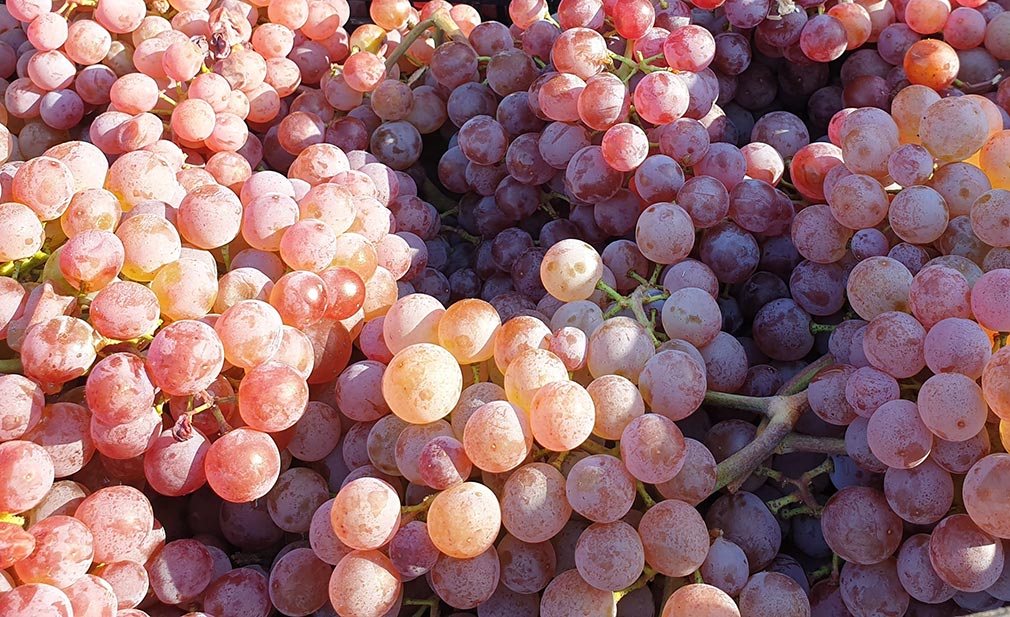

VINOPEDIA TOP 10 2024
PROČITAJ VIŠE
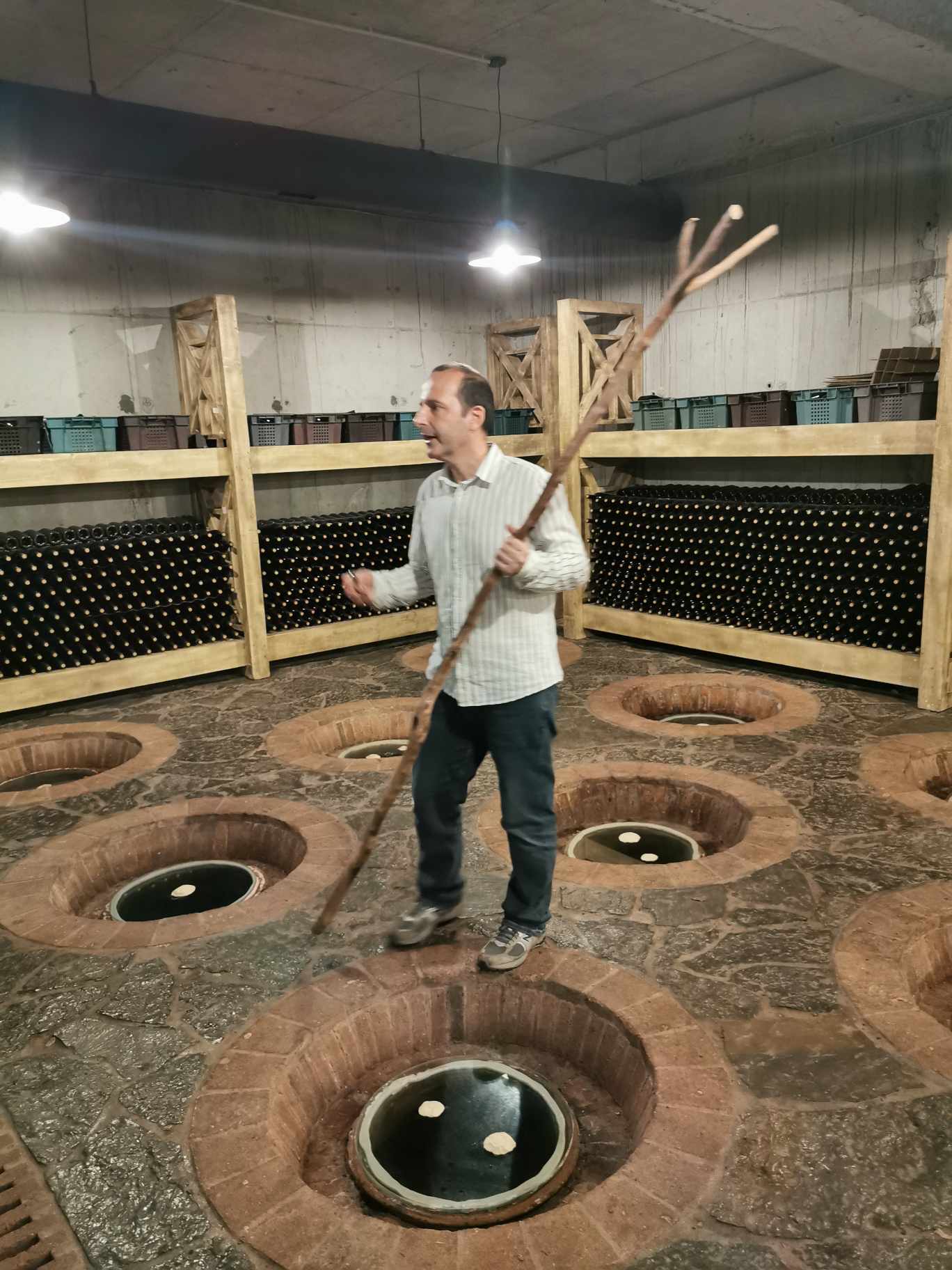

GIUAANI - VINSKI TURIZAM NA GRUZIJSKI NAČIN
PROČITAJ VIŠE
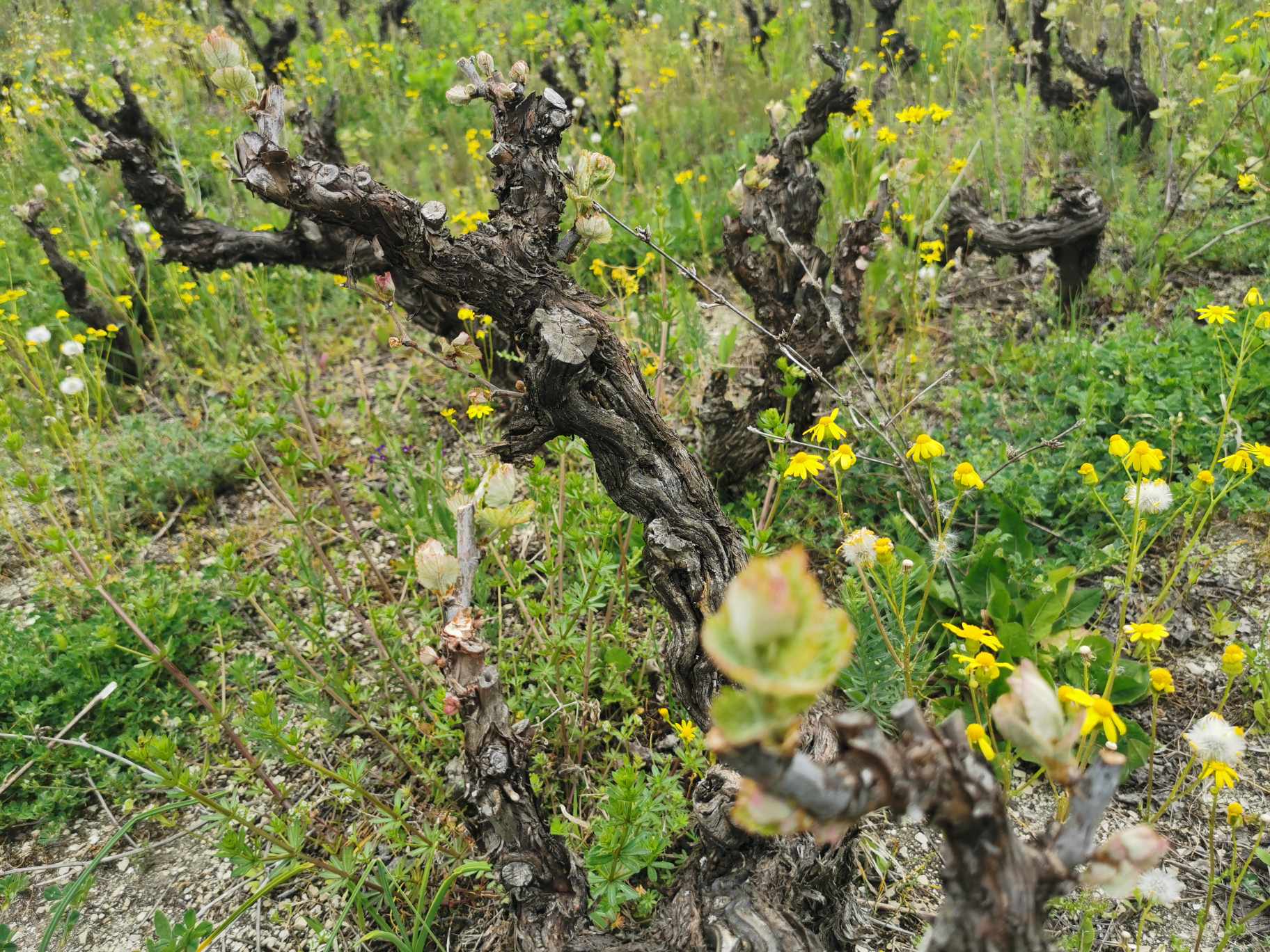

SPASIMO STARE VINOGRADE SRBIJE
PROČITAJ VIŠE
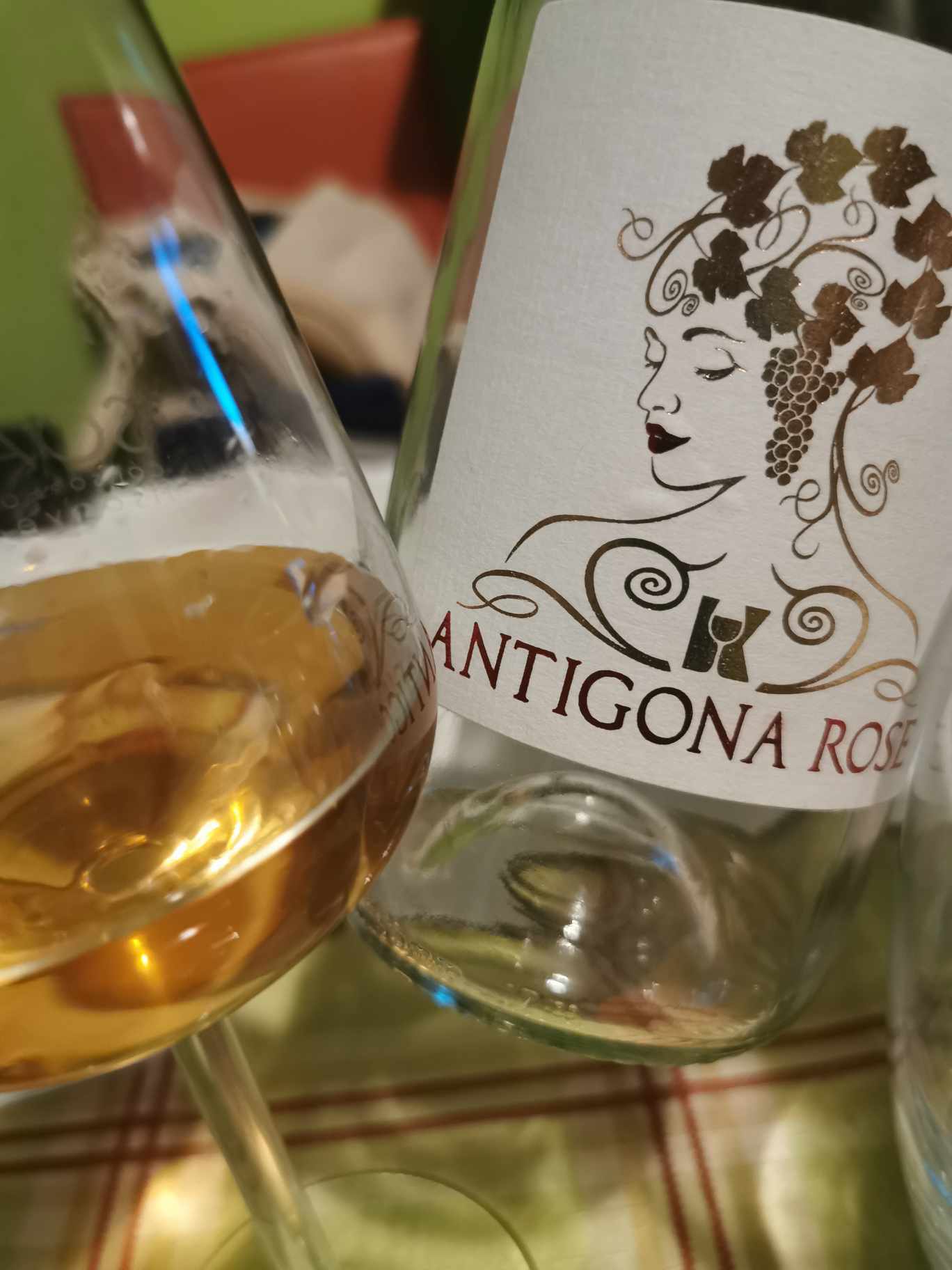

NAŠLI SMO ANTIGONU IZ ORAHOVCA
PROČITAJ VIŠE
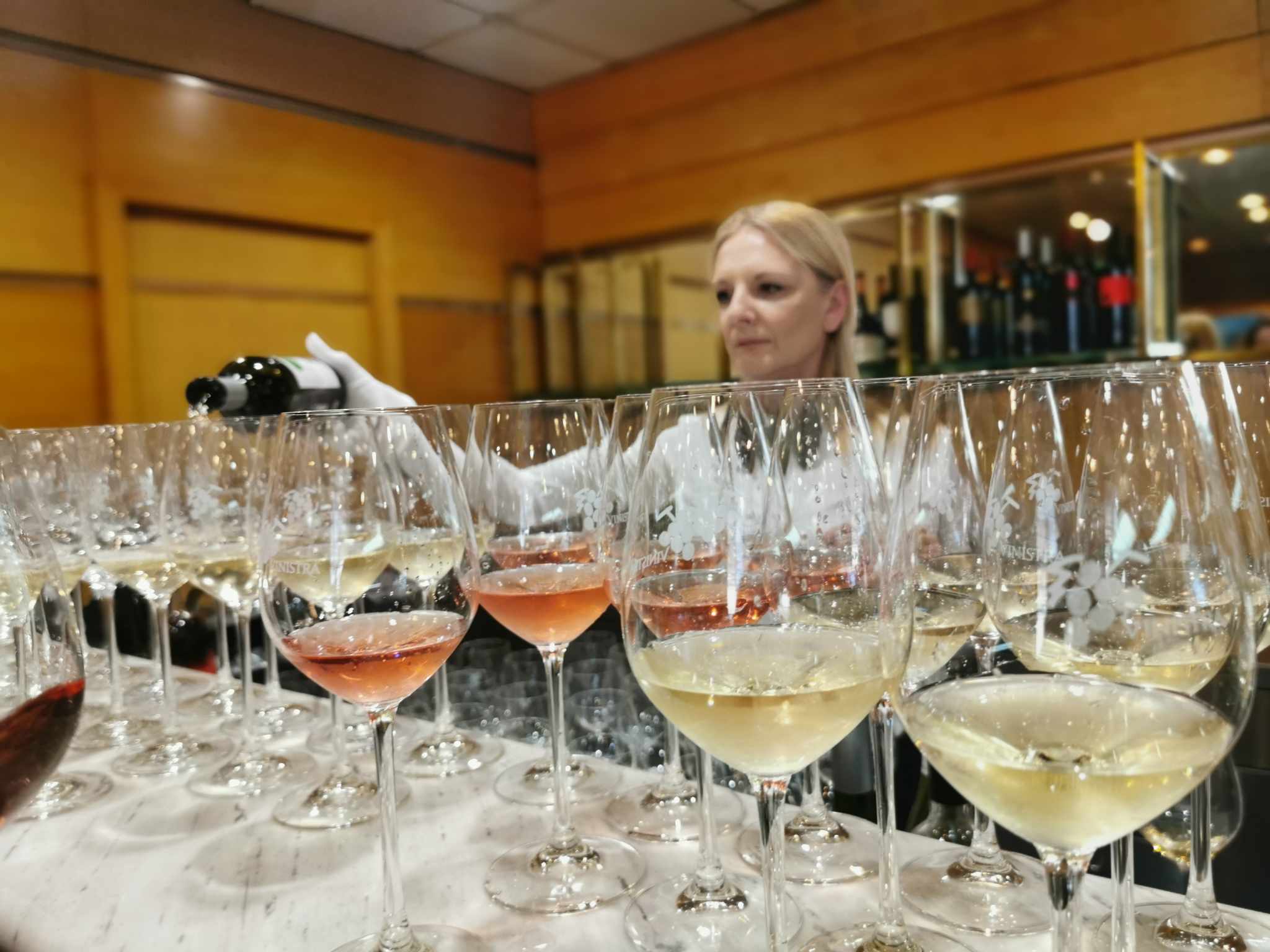

SRPSKO VINO KOŠTA 100 EUR - I ŠTA ĆEMO SAD?
PROČITAJ VIŠE
Winner MILLESIMA BLOG AWARD 2016

Pobednik MILLESIMA BLOG AWARD 2016
VINO & FINO wine personality of the year 2016

VINO & FINO vinska ličnost godine 2016